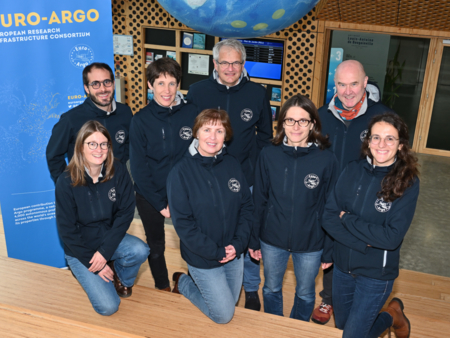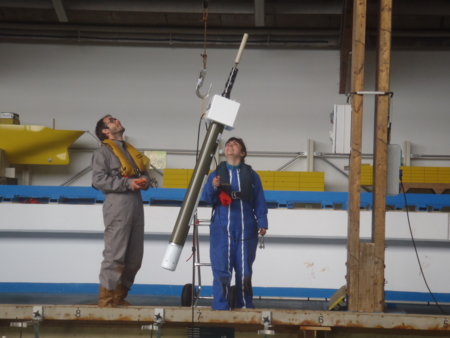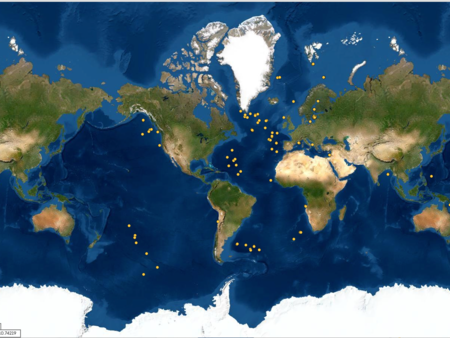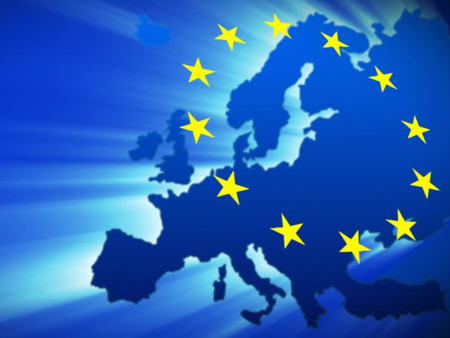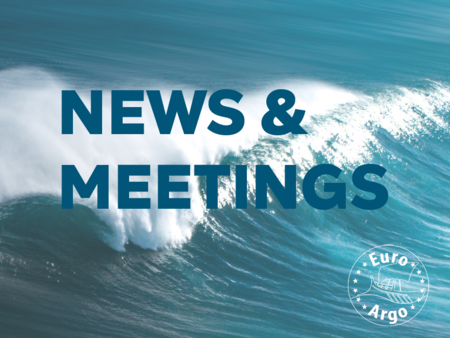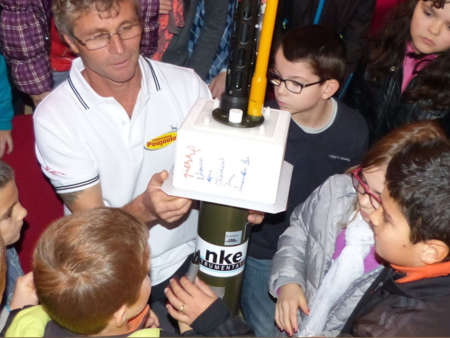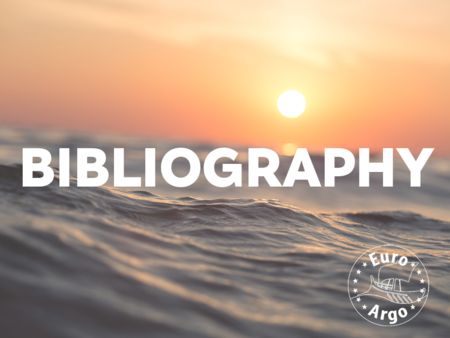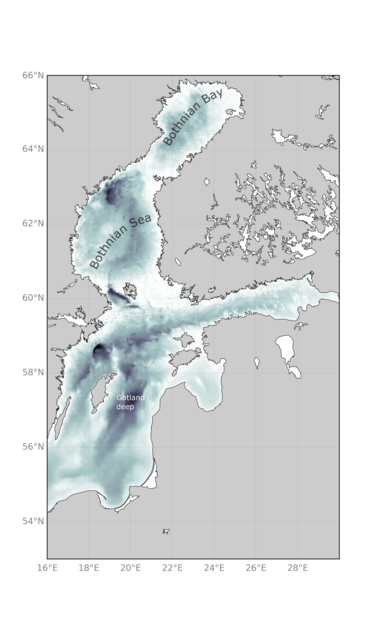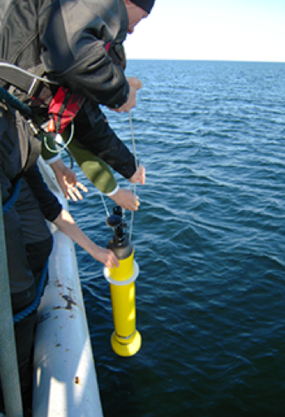Argo floats complement the Baltic Sea observation network
FMI monitors the Baltic Sea with Argo floats. Currently there are floats in the Bothnian Sea, the Gotland Deep and the Bothnian Bay.
The practices to operate Argo floats in shallow, brackish conditions were introduced with the series measured from Gotland Deep by Siiriä et al. Argos measured weekly data in a relatively confined area. The series demonstrated the use of Argos in studying phenomena like major baltic inflows or storm effects on thermocline erosion.
Haavisto et al. studied the use of Argo floats in the Bothnian Sea monitoring. They found that the yearly amount of TS profiles in this basin was significantly increased with Argo floats. With Argo floats the seasonal cycles are well captured compared to the traditional monitoring consisting of ship-borne CTD measurements. However, with Argo floats some of the spatial salinity variation in the basin was not captured as well as with traditional monitoring, since Argo floats are typically kept in the deeper parts of the basin.
The use of Argo drifting data was applied in another study by Roiha et al. to study currents in the deep layers of the Bothnian Sea. The results are consistent with earlier measurements showing a northward flowing resultant current in the deep trench of the Bothnian Sea. There seemed to be very little exchange between coastal zone and open-sea waters in deeper layers. These results give confidence, that the Argo floats can be used in Baltic Sea to get information on the deep currents, and in their changes, in addition to hydrographic observations.
The floats deployed on large oceans are usually lost when they have exhausted their energy. However, in the Baltic Sea the distances are short enough that the floats can often be recovered during onboard observation missions or with the assistance of the Coastal Guard. After maintenance and battery replacement, they can be deployed again. The floats have been measuring the Bothnian Sea, the Bothnian Bay and the Baltic Proper as a part of the Euro-Argo program of the European Research Infrastructure (ERIC).
For more information:
Researcher Simo Siiriä, Finnish Meteorological Institute, tel. 0295392123, Simo.Siiria@fmi.fi
Researcher Petra Roiha, Finnish Meteorological Institute, tel. 0295396506, petra.roiha@fmi.fi
Senior Research Scientist Pekka Alenius, Finnish Meteorological Institute, tel. 0295396439, pekka.alenius@fmi.fi
References:
Haavisto N, Tuomi L, Roiha P, Siiria SM, Alenius P, Purokoski T. 2018. Argo floats as a novel part of monitoring the hydrography of the Bothnian Sea. Frontiers in Marine Science. 5: 324. Available at: https://www.frontiersin.org/article/10.3389/fmars.2018.00324.
Roiha P, Siiria SM, Haavisto N, Alenius P, Westerlund A, Purokoski T. 2018. Estimating currents from Argo trajectories in the Bothnian Sea, Baltic Sea. Frontiers in Marine Science. 5: 308. Available at: https://www.frontiersin.org/article/10.3389/fmars.2018.00308.
Siiria S, Roiha P, Tuomi L, Purokoski T, Haavisto N, Alenius P. 2018.¨ Applying area-locked, shallow water Argo floats in baltic sea monitoring. Journal of Operational Oceanography. 0 (0): 1-15. Available: https://doi.org/10.1080/1755876X.2018.1544783.
The Argo measurements can be found from:
http://www.coriolis.eu.org/Data-Products/Data-Delivery/Argo-floats-by-WMO-number

